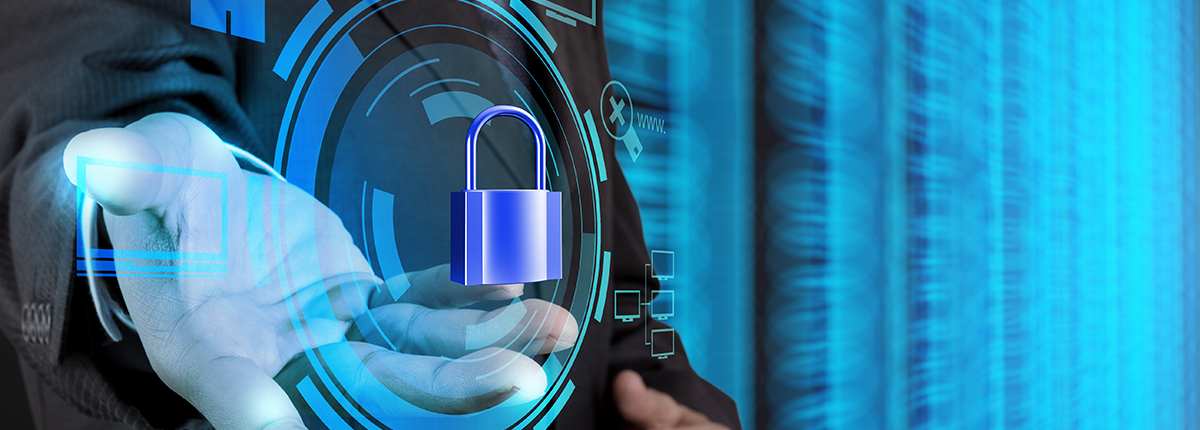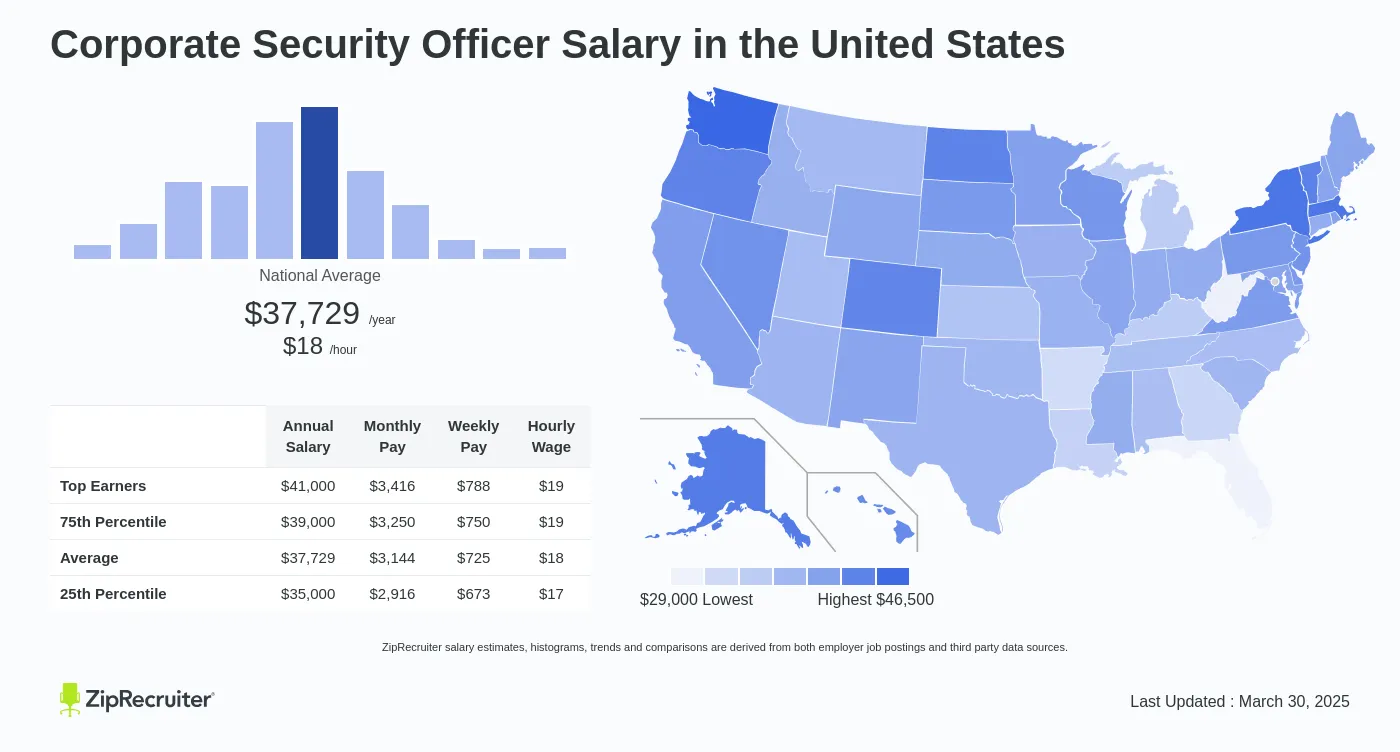Improve Corporate Security: Methods for a Robust Protection
Improve Corporate Security: Methods for a Robust Protection
Blog Article
From Cybersecurity to Physical Measures: Strengthening Corporate Security in a Transforming World
In today's rapidly progressing electronic landscape, the importance of corporate protection can not be overemphasized. As cyber dangers end up being common and significantly sophisticated, companies should go beyond standard cybersecurity actions to protect their assets and operations - corporate security. This is where the combination of physical protection procedures comes to be vital. By integrating the strengths of both cybersecurity and physical protection, firms can develop an extensive protection technique that addresses the varied variety of threats they deal with. In this conversation, we will check out the altering threat landscape, the demand to integrate cybersecurity and physical protection, the application of multi-factor verification measures, the relevance of staff member understanding and training, and the adaptation of safety measures for remote labor forces. By taking a look at these essential areas, we will certainly obtain valuable understandings right into how organizations can enhance their corporate safety in an ever-changing globe.
Comprehending the Altering Hazard Landscape
The evolving nature of the contemporary globe requires an extensive understanding of the altering risk landscape for reliable business security. It is vital for organizations to stay informed and adapt their safety and security measures to attend to these developing risks.
One secret element of comprehending the altering hazard landscape is identifying the various types of hazards that companies encounter. In addition, physical risks such as burglary, criminal damage, and company espionage remain prevalent concerns for services.
Tracking and analyzing the threat landscape is essential in order to determine prospective threats and susceptabilities. This entails remaining updated on the most up to date cybersecurity trends, analyzing hazard intelligence records, and conducting routine threat evaluations. By recognizing the changing threat landscape, organizations can proactively carry out proper safety steps to mitigate threats and secure their assets, track record, and stakeholders.
Integrating Cybersecurity and Physical Safety
Integrating cybersecurity and physical protection is important for thorough company security in today's electronic and interconnected landscape. As organizations significantly rely upon technology and interconnected systems, the borders between physical and cyber threats are becoming blurred. To efficiently protect against these risks, a holistic approach that incorporates both cybersecurity and physical protection steps is vital.
Cybersecurity concentrates on safeguarding digital properties, such as networks, systems, and data, from unauthorized accessibility, disturbance, and theft. Physical safety, on the various other hand, incorporates actions to safeguard physical possessions, people, and facilities from susceptabilities and hazards. By integrating these two domain names, companies can deal with vulnerabilities and dangers from both physical and digital angles, thereby boosting their general safety pose.
The integration of these two self-controls permits a much more detailed understanding of protection risks and makes it possible for a unified action to occurrences. Physical gain access to controls can be improved by integrating them with cybersecurity procedures, such as two-factor verification or biometric recognition. Cybersecurity measures can be enhanced by physical security measures, such as security cameras, alarm systems, and safe and secure access factors.

Implementing Multi-Factor Verification Steps
As organizations progressively focus on comprehensive security measures, one reliable approach is the application of multi-factor verification measures. Multi-factor authentication (MFA) is a protection method that calls for users to offer several kinds of recognition to access a system or application. This technique adds an added layer of protection by combining something the user understands, such as a password, with something they have, like a fingerprint or a security token.
By executing MFA, companies can dramatically improve their security stance - corporate security. Typical password-based authentication has its limitations, as passwords can be conveniently jeopardized or neglected. MFA reduces these dangers by including an additional verification element, making it more difficult for unauthorized people to access to sensitive info
There are several sorts of multi-factor verification techniques readily available, consisting of biometric authentication, SMS-based confirmation codes, and equipment symbols. Organizations need to examine their specific needs and select one of the most suitable MFA remedy for their needs.
However, the execution of MFA must be thoroughly planned and executed. It is critical to strike an equilibrium in between protection and usability to avoid user irritation and resistance. Organizations should additionally think about prospective compatibility concerns and give adequate training and assistance to make sure a smooth transition.
Enhancing Staff Member Awareness and Training
To strengthen corporate safety and security, organizations have to prioritize boosting worker understanding and training. Lots of safety breaches take place due to human error or lack of understanding.
Effective worker recognition more helpful hints and training programs should cover a vast array of topics, consisting of information security, phishing strikes, social engineering, password hygiene, and physical protection measures. These programs must be customized to the details demands and responsibilities of various worker functions within the company. Regular training simulations, sessions, and workshops can help staff members create the essential abilities and understanding to react and identify to protection dangers efficiently.
Furthermore, companies need to motivate a society of safety recognition and give recurring updates and suggestions to maintain workers notified about the most recent hazards and reduction strategies. This can be done via interior interaction networks, such as newsletters, intranet portals, and email projects. By fostering a security-conscious workforce, companies can significantly decrease the likelihood of protection events and shield their beneficial properties from unapproved access or compromise.

Adapting Security Steps for Remote Workforce
Adjusting business protection measures to accommodate a remote labor force is crucial in ensuring the security of delicate info and this contact form assets (corporate security). With the enhancing pattern of remote job, companies need to implement suitable safety and security steps to minimize the threats connected with this brand-new method of functioning
One essential element of adjusting safety and security actions for remote work is developing safe communication channels. Encrypted messaging systems and digital personal networks (VPNs) can help protect delicate details and stop unapproved accessibility. In addition, organizations need to apply using strong passwords and multi-factor authentication to improve the protection of remote access.
One more crucial consideration is the execution of safe remote gain access to options. This entails providing staff members with secure accessibility to company sources and information via online desktop framework (VDI), remote desktop computer methods (RDP), or cloud-based options. These technologies ensure that delicate information remains safeguarded while enabling workers to perform their roles efficiently.

Finally, detailed safety awareness training is vital for remote staff members. Training sessions should cover finest methods for safely accessing and dealing with delicate info, identifying and reporting phishing efforts, and keeping the total cybersecurity hygiene.
Verdict
Finally, as the hazard landscape proceeds to advance, it is critical for companies to strengthen their protection gauges both in the cyber and physical domain names. Incorporating cybersecurity and physical safety, applying multi-factor authentication steps, and boosting worker awareness and training are vital steps towards attaining robust corporate safety. Additionally, adjusting safety steps to accommodate remote labor forces is crucial in today's changing globe. By implementing these measures, companies can minimize risks and shield their valuable properties from potential threats.
In this conversation, we will discover the changing danger landscape, the requirement to incorporate cybersecurity and physical my sources protection, the implementation of multi-factor authentication actions, the importance of staff member awareness and training, and the adaptation of safety steps for remote workforces. Cybersecurity actions can be matched by physical safety and security actions, such as surveillance electronic cameras, alarm systems, and safe and secure accessibility points.
As companies increasingly focus on thorough safety and security actions, one efficient technique is the execution of multi-factor authentication procedures.In verdict, as the threat landscape continues to advance, it is critical for companies to enhance their safety and security measures both in the cyber and physical domain names. Incorporating cybersecurity and physical security, carrying out multi-factor verification measures, and boosting staff member recognition and training are crucial actions in the direction of accomplishing robust business security.
Report this page